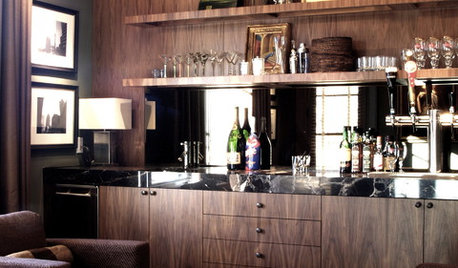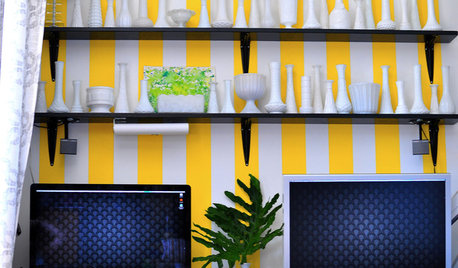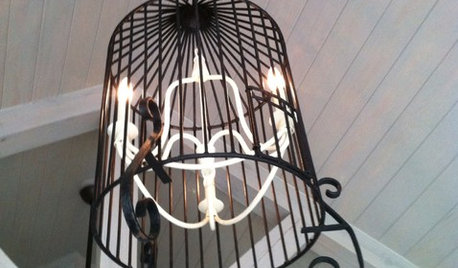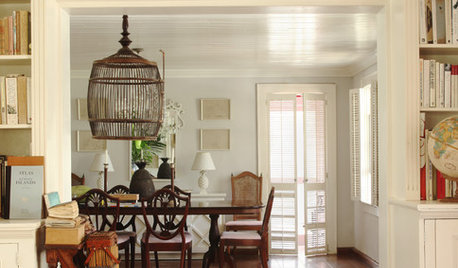fluorescent light fixture wiring
billedd
9 years ago
Related Stories

LIGHTING10 Ways With Wall Lights That Don’t Need to Be Wired In
Learn how to add illumination to your home without carving into the walls
Full Story
DECORATING GUIDES11 Lighting Fixtures That Rethink the Flush Mount
Think flush-mount lighting equals frumpy and fluorescent? These brilliant beauties for the kitchen, bath and beyond will change your mind
Full Story
LIGHTING8 Creative Lighting Solutions for Food Prep
Get all the task illumination you need while distracting the eye from fluorescents, following the lead of the kitchens here
Full Story
DECORATING GUIDESObjects of Desire: 8 Gorgeous Globe Light Fixtures
Conjure the music of the spheres with everything from a single globe light to a constellation of pendants
Full Story
DIY PROJECTSHide All Those Wires in a DIY Charging Station
Keep your gadgets handy and charged with a flexible storage board you can design yourself
Full Story
ACCESSORIESHow to Hide Those Messy Wires
Untangle Yourself From Ugly Electrical Cords With a Few Tricks and Accessories
Full Story
LIGHTINGYour Guide to Common Light Fixtures and How to Use Them
Get to know pot lights, track lights, pendants and more to help you create an organized, layered lighting plan
Full Story
DIY PROJECTSReinvent It: Salvage a Birdcage for an Eclectic Chandelier
Turn a dusty antique into an enviably artistic light fixture that looks more expensive than it is
Full Story
LIGHTING12 Fun Light Fixtures Made From Found Objects
Trash became treasure in these one-of-a-kind lights. See if they inspire your own DIY pendant project
Full Story









User
bus_driver
Related Professionals
Dedham Electricians · American Canyon General Contractors · Cedar Hill General Contractors · Deer Park General Contractors · Hampton General Contractors · Jamestown General Contractors · Spanaway General Contractors · Springdale Handyman · Alafaya Solar Energy Systems · Hemet Solar Energy Systems · Saratoga Springs Solar Energy Systems · Azalea Park Solar Energy Systems · Ashburn Home Automation & Home Media · Half Moon Bay Home Automation & Home Media · Tacoma Home Automation & Home MediaUser
llaatt22
ionized_gw